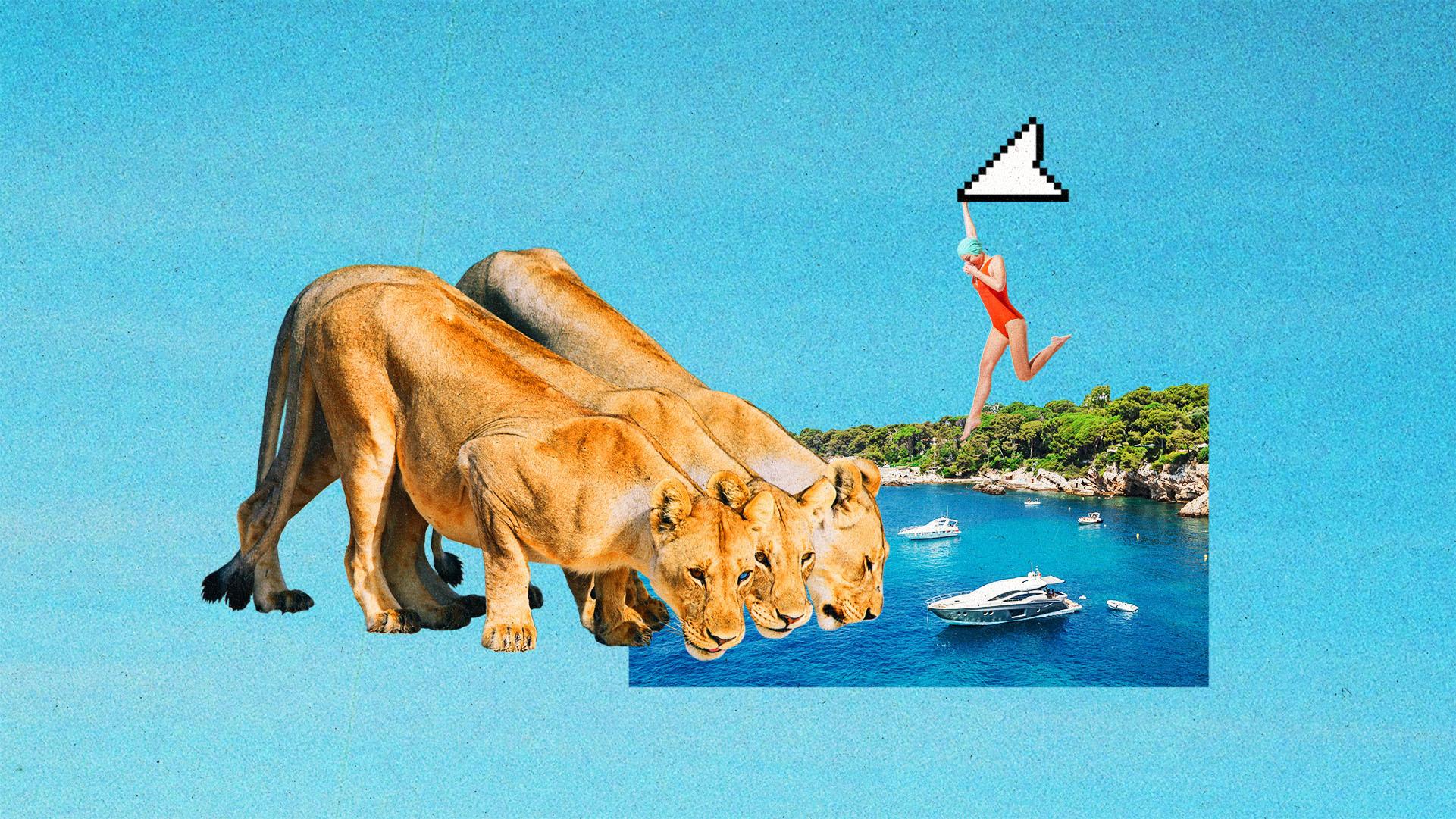Sustainability lights a fire under Cannes Lions

New guidelines are aiming to turn “sustainability” from a buzzword into an action item for the advertising industry.
The Global Alliance for Responsible Media (GARM) and Ad Net Zero released The Global Media Sustainability Framework on Monday during the Cannes Lions International Festival of Creativity, the ad and marketing community’s biggest week of the year.
The framework is intended to help the industry cut down on carbon emissions by, in part, recommending industry standards to address challenges with measurement and data collection. These recommendations could help the industry move closer to sustainability goals with clearer definitions and guidance.
The omnichannel framework has given the industry “a very concrete sense of what brands and advertisers are accountable for in their emissions, what is their job to reduce and mitigate and what is the role of other partners in the supply chain,” Amy Williams, founder and CEO of Good-Loop, tells The Current.
For anyone unfamiliar, emissions from an ad could stem from several factors, such as server locations, Wi-Fi usage, time-in-view and more, according to Good-Loop.
“Having a much more clear, much more nuanced understanding of who’s responsible for which bits of the supply chain is something that GARM has given us a clear taxonomy of,” Williams says.
Easing confusion and concerns
“Going green” has emerged as a noble cause for the ad industry, particularly in the last year, and it was a major theme throughout the Cannes Lions festival this year.
During one panel, Ad Net Zero detailed how to move the needle on the effort; another session imagined what the weather forecast in Cannes will be by 2050 and how to take action; and yet another featuring Force of Nature founder and activist Clover Hogan considered how the industry can sell sustainability without greenwashing, which occurs when a company misleads the public about how sustainable its products are.
“Many companies are more concerned with being seen to do the right thing than actually doing it,” Hogan said during her talk at Cannes.
She added, “Greenwashing creates the illusion of progress. It lulls us into a false sense of complacency.”
Adoption of actual, robust green strategies from the industry has been slow. Confusion over what counts as emissions and how to measure the impact of an ad have created some hurdles — as have the potential business impacts.
At this year’s Green Media Summit in New York, for instance, one executive admitted that not working with certain supply-side platforms could result in a “very significant revenue hit,” even if it could reduce carbon impact.
But in a new op-ed for The Current, Good-Loop Chief Technology Officer Will Luttrell argued that the answer doesn’t lie in shutting out high-emitting publishers: “Marketers need omnichannel measurement, and publisher-centric measurement methodologies fall apart when you move to prominent direct channels like connected TV and social. It’s illogical to harmonize publisher measurement across all channels.”
That’s where GARM and Ad Net Zero’s framework comes in.
“The framework changes the game,” Williams says. “It changes the actions brands need to take in order for them to improve. And frankly, it’s good news for the brands. It’s more empowering to say, ‘These emissions are things that you control and decide on. You can’t control what a publisher does.’”
Turning recommendations into reality
While the sustainability framework suggests best practices and recommends tools for those in digital media to achieve their green goals, it’s up to third parties to help turn those recommendations into reality.
This week, for instance, Good-Loop announced that its carbon measurement tool, Good Measures, will now be free for publishers and that its methodology has been overhauled to align with the new GARM guidance.
“We’ve built tech that can bring the GARM framework to life, but there’s still a lot of work to do,” Luttrell tells The Current.
Luttrell says that the framework could help sustainability really take off in the ad industry, but the important next step after that is accreditation — the “GARM seal of approval,” in other words, for those aligning with the framework.
“I think that’s when it will really have teeth,” he says. “That’s probably a little ways away, but that’s going to be the next major shoe to drop in my opinion.”
Subscribe to The Current
Subscribe to The Current newsletter